Two years ago my sister and me went on holiday to the Costa Vicentina and the Southwest of the Alentejo. We have decided to publish some photos of the trip and to tell a little the route that we follow.We were three days during the holidays of the Virgin of August (13,14 and 15),and enjoyed mainly of the magnify beaches of thr zone.We lodged in
Casa Alcatruz, a litte hotel that is located in Rogil, a small town that belongs to Aljezur.
We left in the evening from La Antilla (in Huelva, Spain) to Rogil. For us, the route route is all freeway to the border Portuguese, to cross the bridge on the Guadiana in Ayamonte , follow all the freeway until Lagos, and later to go by N-120 road until Rogil.Once we entered the state road - that goes from the end of the freeway to Sines -, they are going away to happen a fishing series of beaches and towns, very animated in this holidays, but without the lots of people that usuallu was in the Algarve in Summer.
Once we arrived at Rogil, and we checked in the hotel, we decided to visit one of beaches of the town. This pretty beach is called Praia Vale do Homes. We left a pair of photos of this beautiful beach. Waters are cold and the sea is scrambled. Clifts, but very beautiful coast. In beach usually there is not much people, with which it is rested and it enjoyed.Here are two photos, first one is the cliffs and the other one is a sunset in the Atlantic Ocean.
 Vale do Homes
Vale do Homes
 Sunset in the Ocean
Sunset in the Ocean
The next day we decided to go to the North. We took the N-120 to the towns of Vila Nova de Mil Fontes and Portocobo. We followed this road until Odemira, later to take the N-393. Vila Nova de Mil Fontes is a small town of the coast, located in the mouth of a river, in such a way that it has a small fluvial beach, and beaches in the south of the opening and others in the north - where it is the town -. Like all beaches of this coast, they are coves with cliff in both sides. Cauntion with the beach of the mouth of the river - we were in that beach - , since the current is usually is
strong - and also the water is cold ;) -.
 Vila Nova de Mil Fontes
Vila Nova de Mil Fontes
After lunch, we followed by N-390, to enter by a secondary road and to go to Praia da liha. This is a beach, formed by a cove between cliffs, that enjoys a precious view on Ilha do Pessegueiro.
 Ilha do Pesseguiro
Ilha do Pesseguiro
 Praia da liha
Praia da liha
Later we approached the neighbor Porto côvo, a small fishing town of white and blue houses. We left one photo of the town so that you enjoy it. This day gave little more of if, the return way until Rogil, exhausted of the day of beach and drive.
 Porto côvo
Porto côvo
The second day we went to a precious beach, located in a cove that is acceded by a forest track that is called Praia do Murração. Of all the beaches that I have been in Portugal, this small cove is the one that I like more. It is worth the trouble to arrive: little people, fine sand, cold water, rocks for that it likes to practice scuba,… .To arrive it is necessary to go by the road that go from Aljezur to Vila do Obispo. The forest track starts near this last town, in front of the eolic energy plant.
 Praia do Murração
Praia do Murração
Later, we went to the Praia of Bordeira, and took the lunch in a restaurant near the beach: excelent sea bass to eat :D
 Praia da Bordeira
Praia da Bordeira
After return to Rogil, we decided to spend the evening in a wild beach, called Praia gives Carriagem. The access to this beach is quite complicated, since it is through a cliff. This causes that it is an almost desert beach, but that is worth the trouble to see, although it is from above, without lowering to the border. After sunset we went to the hotel
 Praia da Carriagem
Praia da Carriagem
 Praia da Carriagem
Praia da Carriagem
The last day we went to two beach that there were more people in the zone: The Praia da Arrifana and Praia da Cordoama. But there was a foggy day, and we could see anything.
 Praia da Arrifana
Praia da Arrifana
And this is all the trip :). This zone os Portugal is beautiful: wild beaches, good food, wonderful sunsets. Enjoy it!
Technorati Tags: algarve, portugal


 Slopes covered with cherry blossoms
Slopes covered with cherry blossoms One of the villages on the slope of the valley.
One of the villages on the slope of the valley. Cherry blossoms
Cherry blossoms The road descends among the cherry trees
The road descends among the cherry trees Bridge over Jerte in Navaconcejo
Bridge over Jerte in Navaconcejo Cherry blossoms from Navaconcejo
Cherry blossoms from Navaconcejo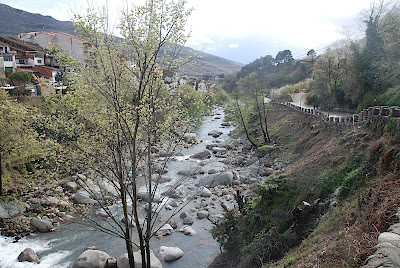 The Jerte river, in Cabezuela del Valle
The Jerte river, in Cabezuela del Valle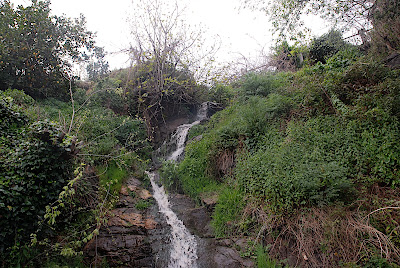 A small waterfall
A small waterfall cherry blossoms
cherry blossoms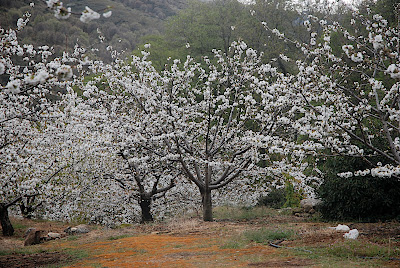 cherry trees
cherry trees cherry trees
cherry trees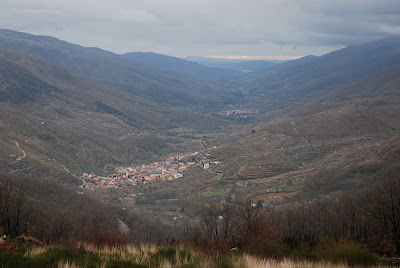 El Valle del Jerte, desde lo alto de Tornavacas
El Valle del Jerte, desde lo alto de Tornavacas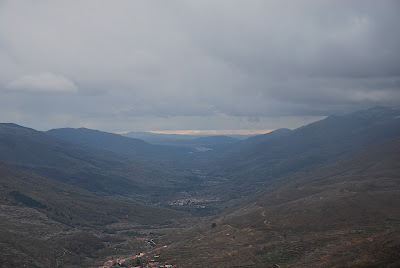 El Valle del Jerte
El Valle del Jerte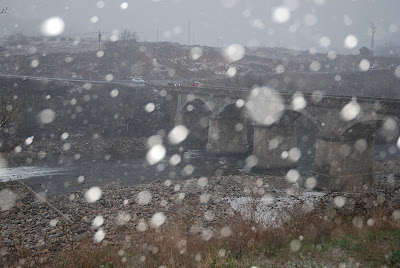 The old bridge in the middle of the snowstorm
The old bridge in the middle of the snowstorm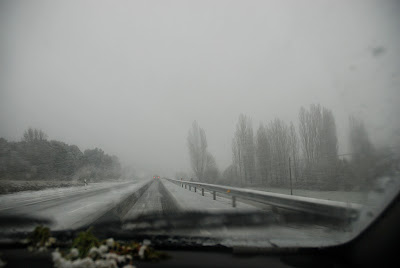 The road covered with snow
The road covered with snow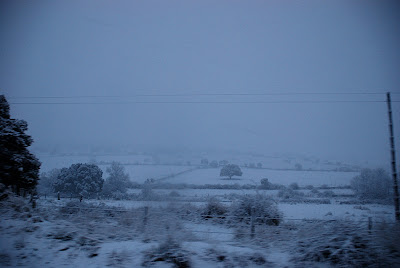 the snow country
the snow country Vale do Homes
Vale do Homes Sunset in the Ocean
Sunset in the Ocean Vila Nova de Mil Fontes
Vila Nova de Mil Fontes Ilha do Pesseguiro
Ilha do Pesseguiro Praia da liha
Praia da liha Porto côvo
Porto côvo Praia do Murração
Praia do Murração Praia da Bordeira
Praia da Bordeira Praia da Carriagem
Praia da Carriagem Praia da Carriagem
Praia da Carriagem Praia da Arrifana
Praia da Arrifana